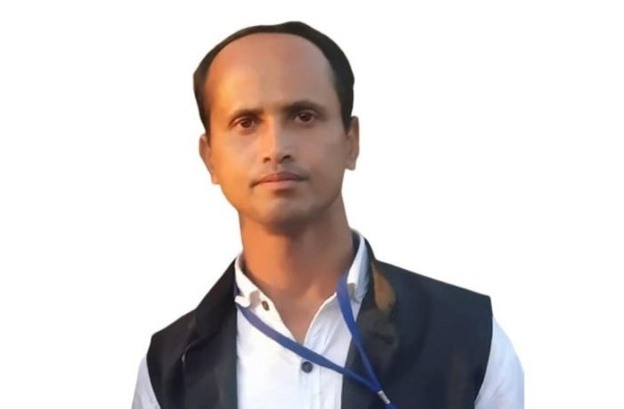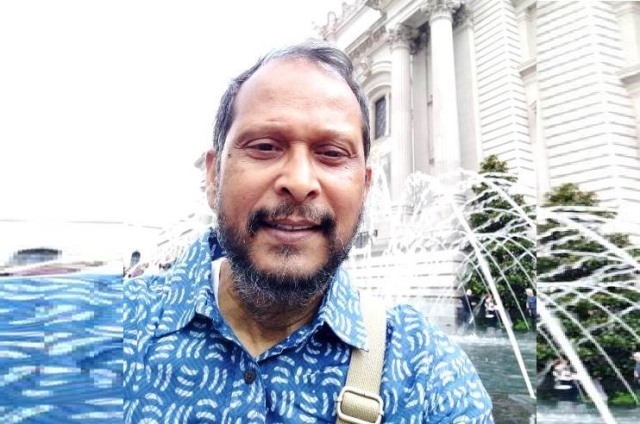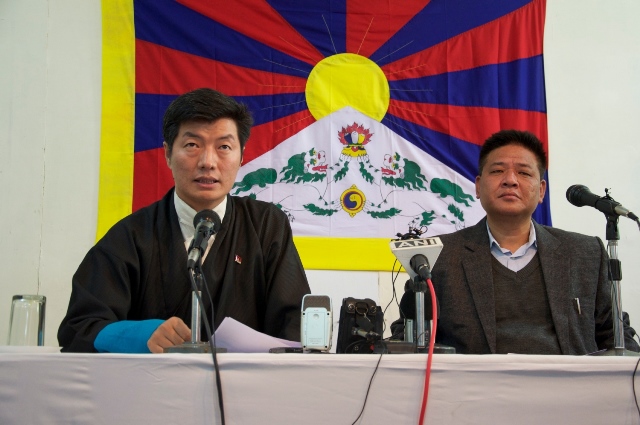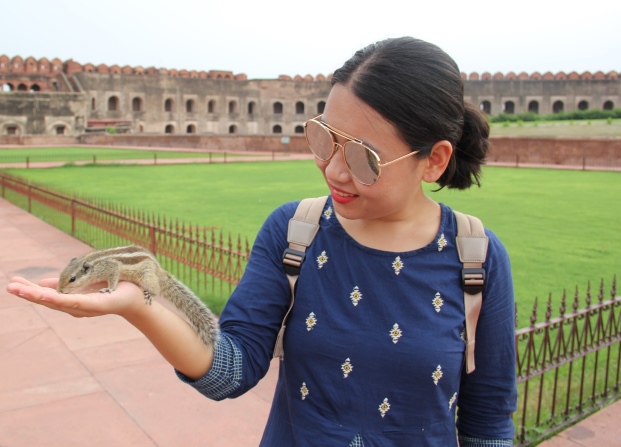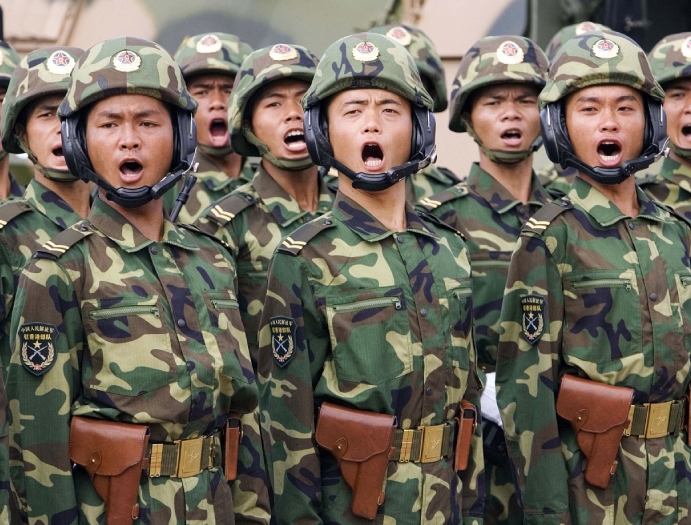The robust and brave faceoff
given to China at Galwan will send a strong message that India is able to stand
up to China. However, as in 1962, this engagement with China is a wake-up call
too and should herald deeper thinking about the current capabilities of India,
its defence spending and the need to restart some projects that were suspended.
China’s incursion may have
many reasons, but the fact is that the threat remains real. China’s words of
peaceful coexistence cannot be taken at face value. India needs to increase its
defence budget
from 1.8% GDP to 3%. More importantly, the matter can no longer be left
exclusively to the diplomats. This is a Defence Ministry issue now.
Despite the media columns and
statements by some politicians, the powerful challenge given by India to what amounts to
almost an ambush, showed courage, determination and the ability to see off
China.
The current ongoing
Sino-Indian standoff since the last five weeks peaked in the bloody violent
action in the Galwan Sector on night 15/16 June 20 at Patrol Point 14 resulting
in death of a Commanding Officer and 19 soldiers on Indian side and around 40
soldiers on the Chinese side. The scuffle took place and continued till mid
night in around three phases, when the Indian commander approached the Chinese
troops around dusk time to exhort them to pull back their troops in
conformation to the decisions taken at the Corps Commander level meeting on 06
June 20.
This may be the tip of the
iceberg as far as Chinese strategic goals along the Line of Control (LAC) are
concerned. The escalation has also thrown the Peace and Tranquility Agreement
of 1993 between China and India to the winds. Chinese soldiers had come
physically prepared to up the ante – short of opening fire by small arms.
The June 6 meeting was headed
from the Indian side by Lt Gen Harinder Singh, 14 Corps Commander, an
outstanding suave officer who has effectively handled sensitive situations in
United Nations peacekeeping as a Brigade Commander. The Chinese delegation was
headed by Maj Gen Liu Lin. A series of talks at various levels are on, after
the violent incident of 15 June resulting in death of around 60 soldiers on
both sides. The Foreign Minister S Jaishankar has also spoken to his Chinese
counterpart Wang Yi on 17 June 20. It is in the interest of both China and
India to de-escalate the situation and resort to high level peace talks. These fatal
casualties have taken place on the LAC after a gap of 45 years.
However, the standoff this
time has been different from the previous ones including the Doklam standoff in
2017 in terms of force levels used and the areas addressed. The Chinese in a
diversionary action, probably to test the waters, crossed the Line of Actual
Control (LAC) in North Sikkim at Naku La on 05 May 20 and Fingers 4 West of
Pangong Tso Lake. There were violent actions between the two sides but there
were no fatal casualties.
One week later they came into
Eastern Ladakh at four carefully selected sectors in Galwan, Hot Springs,
Demchok and Fingers Area. India built an axis from Darbuk to Daulat Beg Oldie
via Galwan, Gobra Post and Demchok to support the Sub Sector North last year.
This axis enables the Indians to cover a distance that was being covered in two
days, just in six hours. The axis was very close to the Karokaram Pass and
touched the sensitivities of the Chinese as it is part of the BRI and China
Pakistan Economic Corridor (CPEC). As the road axis passes through the Shyok
and Galwan Valleys, the Chinese have crossed the LAC from the North and North
East and occupied higher reaches along the axis in order to be able to
interdict any movement along the axis. China has also stoked trouble for India
by enticing Pakistan and Nepal in their favour.
A large number of reasons can
be attributed to the ongoing standoff. There are voices of dissent within China
pointing at the manner in which the COVID- 19 was handled by President Xi
Jinping. Some writers even stuck their neck out to suggest that he takes the
responsibility of mass scale deaths and steps down. It is felt that the recent
intrusions in Ladakh and Sikkim were undertaken to divert the attention and
galvanise the domestic public opinion against India.
Another reason speculated is
that since US has asked WHO to carry out an honest investigation on the origin
of Corona virus and India has just taken up the leadership of WHO for the next
two years, China wanted to pressurise India to play ball and not go too Thoroughly
into the issue to blame China for the spread of COVI-19.
Abrogation of Article 370 and
converting Ladakh into a Union territory by the Indian Government has also been
objected by the Chinese as they feel New Delhi will now control this contested
region directly.
Where does the violent action
of 15/16 June lead to the already building tension in the sub-continent? India
has political, diplomatic, economic and military options which can be grouped
into the long and short term options. It is accepted fact that Indian Army has
stood its ground and has challenged and checked the ongoing incursions from the
Chinese side.
The protocols and methods of
patrolling and domination of the LAC are very unconventional and un-military
like. The Peace and Tranquility Agreement of 1993 states that neither sides
will fire, cause explosions or bio-degrade the area along the LAC. The
deployment of regular troops will remain in deeper territories of each but patrols
can be sent from both sides to dominate their side of the LAC. There are
varying perceptions of the LAC on both sides and at times the difference may be
upto ten to fifteen kilometres. Whereas these protocols were sufficient to
diffuse the situation in the past; use of caveman like sharp tools as weapons,
to cause fatal casualties, has been resorted to for the first time.
First at the diplomatic and
military levels, the rules of engagement need to be refined. Two nuclear
powered professional armies cannot continue to use cave man tactics to enforce
their will on each other. During peacetime, border management is the
responsibility of ITBP under the Ministry of Home (MHA) and the regular troops
only do periodic patrolling at the LAC. During hot war, the Army formations are
tasked to move to the forward defences and the operations are controlled by the
Ministry of Defence (MOD). The peace talks are generally steered by the
Ministry of Foreign Affairs. This complex and multi ministry control needs to
go; and operations must be controlled by MOD. The MOD needs to be in control of
the situation now.
The short term Military
options include staying put at the forward positions and creating habitat,
infrastructure and logistic bases for the forward troops prior to setting in of
winters.
Importantly the raising of the
Mountain Strike Corps that was to be completed in eight years, but was put on
the back burner by the present Govt, must be completed within two financial
years.
The Armed Forces need to
deploy drones, long range radars and aerial reconnaissance to dominate the LAC.
We cannot patrol a threat simply with binoculars
For the long term measures,
Defence Budget needs to be enhance from 1.8 percent of the GDP to 3.0 percent
for the next two five year plans. As in 1962, India needs to wake up to the
threat. It is real and could escalate over the years as China tries to assert
its power.
Procurements as per the Joint
Long Term Perspective Plan for all three services needs to be stepped up for
capacity building. While indigenous production should be encouraged, Transfer
Of Technology (TOT) must be included in all big ticket acquisitions of aircrafts,
ships, guns and anti-aircraft systems.
The infantry has been
neglected for a long time as the infantry acquisitions are not considered big
ticket procurements. It is high time to equip the ground soldier with a lighter
and more effective weapon system and equipment.
Resource integration must be
ensured in utilisation of all intelligence resources of the country as was
practised during the Surgical Strikes after Uri incident and at Balakot after
the Pulwama incident.
Diplomatically, we need to
steer international opinion against China as the aggressor. The Quad including
US,Japan, Australia and India, must carryout greater number of Joint Exercise
and enhance interoperability of their armed forces. Armed forces of Taiwan and
South Korea should also be included in these exercise to isolate China
regionally and internationally.
India needs to revisit it’s No
First Use (NFU) Nuclear Policy and make it clear like its adversaries that it
retains the right of first use of tactical nuclear weapons on the lines of its
adversaries and we must stabilise our Triad capability of delivering these
weapons by air, sea and land.
Our successful missile
technology should be further enhanced for over 95 percent accuracy at long
ranges. The bottom line is that any
emerging economy can only prosper when its defence forces are strong and they
have adequate dissuasive and deterrent capabilities to check mate its
adversaries.
India must take a leaf from
China’s book to enhance its comprehensive national power in a peaceful manner
without any fanfare. China kept on growing peacefully for nearly forty years
before taking an aggressive posture in the South China Sea, Indian Ocean and
land borders with India and Bhutan two years back. Hopefully, China has learnt
from the stiff resistance given at Galwan and understood that India is no push
over and is a regional power to coexist with rather than mess with.
